Question
Issue: How to fix Windows update error 0xc8000444?
Hello. I tried to install Windows updates but I received the 0xc8000444 error code. Is there a way to fix this?
Solved Answer
Windows Update Error 0xc8000444 is an error that can occur while trying to install updates on a Windows operating system. This error code usually indicates that there is an issue with the Windows Update service or the Windows Update Agent.
It is critical to install Windows updates because they frequently contain security patches, bug fixes, and new features that can improve your computer's performance and stability. You may leave your computer vulnerable to security threats and encounter compatibility issues with new software and hardware if you do not install updates.
This problem can impact users by preventing them from installing critical updates, leaving their computers vulnerable to security vulnerabilities, and causing performance issues. Other errors or issues related to Windows updates, such as slow update downloads or failed installations, may occur in some cases.
Restarting the Windows Update service, resetting the Windows Update components, running a virus scan, and checking for system file corruption are all possible solutions to this problem. However, the specific solution may be dependent on the underlying cause of the error and may necessitate further investigation.
In this guide, you will find 7 steps that should help you fix Windows update error 0xc8000444. You can also try using a maintenance tool like FortectMac Washing Machine X9 that can fix most system errors, BSODs,[1] corrupted files, registry[2] issues, or clear cookies and cache.[3] Otherwise, follow the step-by-step instructions below.
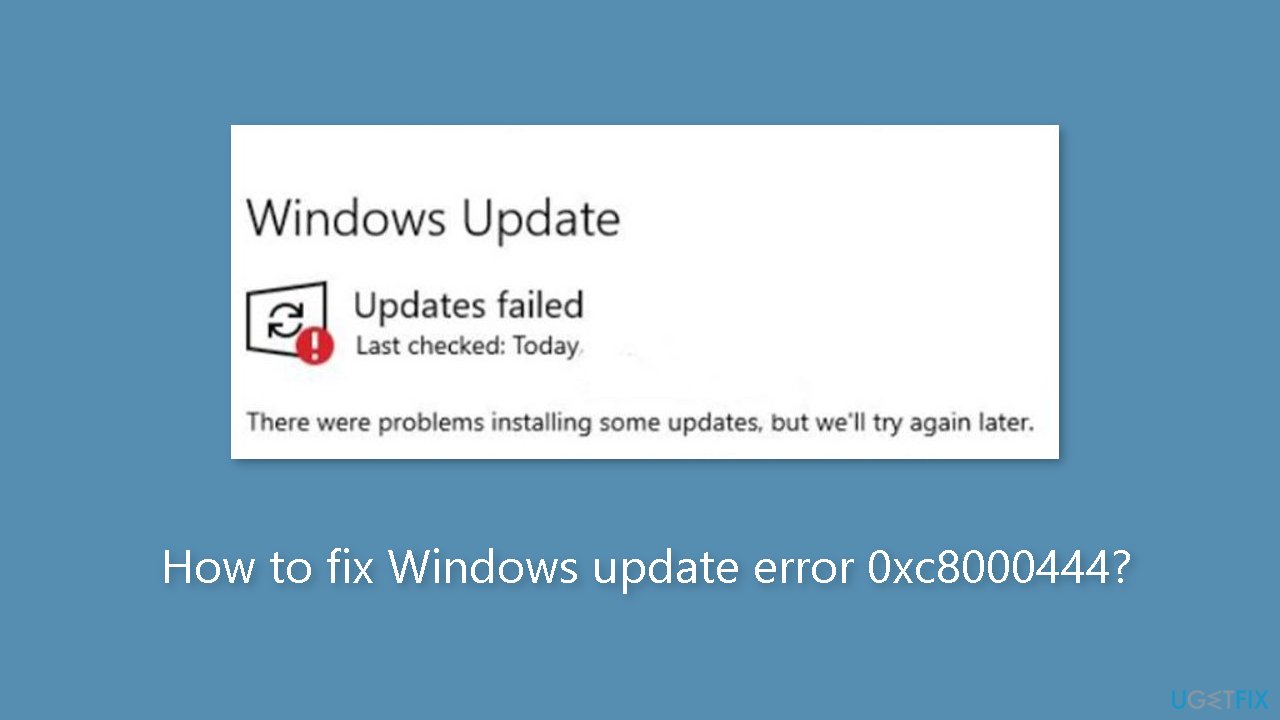
Method 1. Run the Windows Update Troubleshooter
- Press the Windows + X keys and go to Settings
- Go to Update and Security
- Click Troubleshooter
- Select Additional troubleshooters
- Run the Update troubleshooter
- Restart
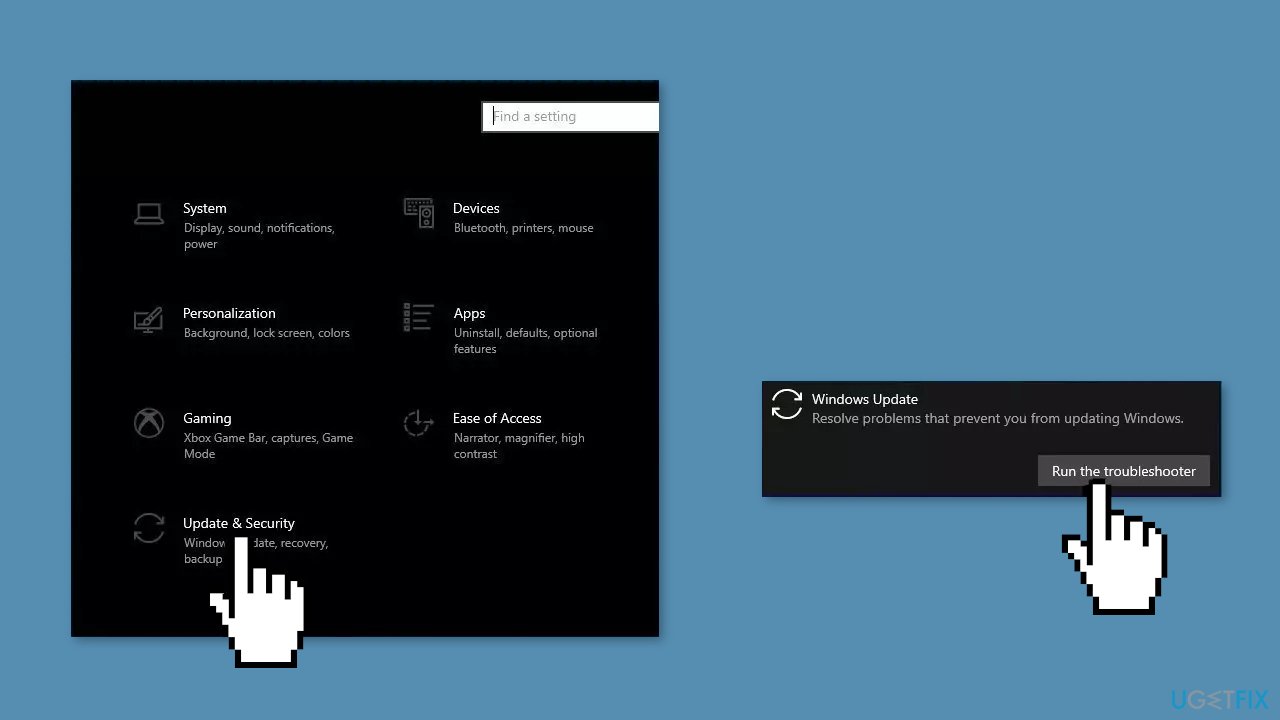
Method 2. Repair Corrupted System Files
Use Command Prompt commands to repair system file corruption:
- Open Command Prompt as administrator
- Use the following command and press Enter:
sfc /scannow
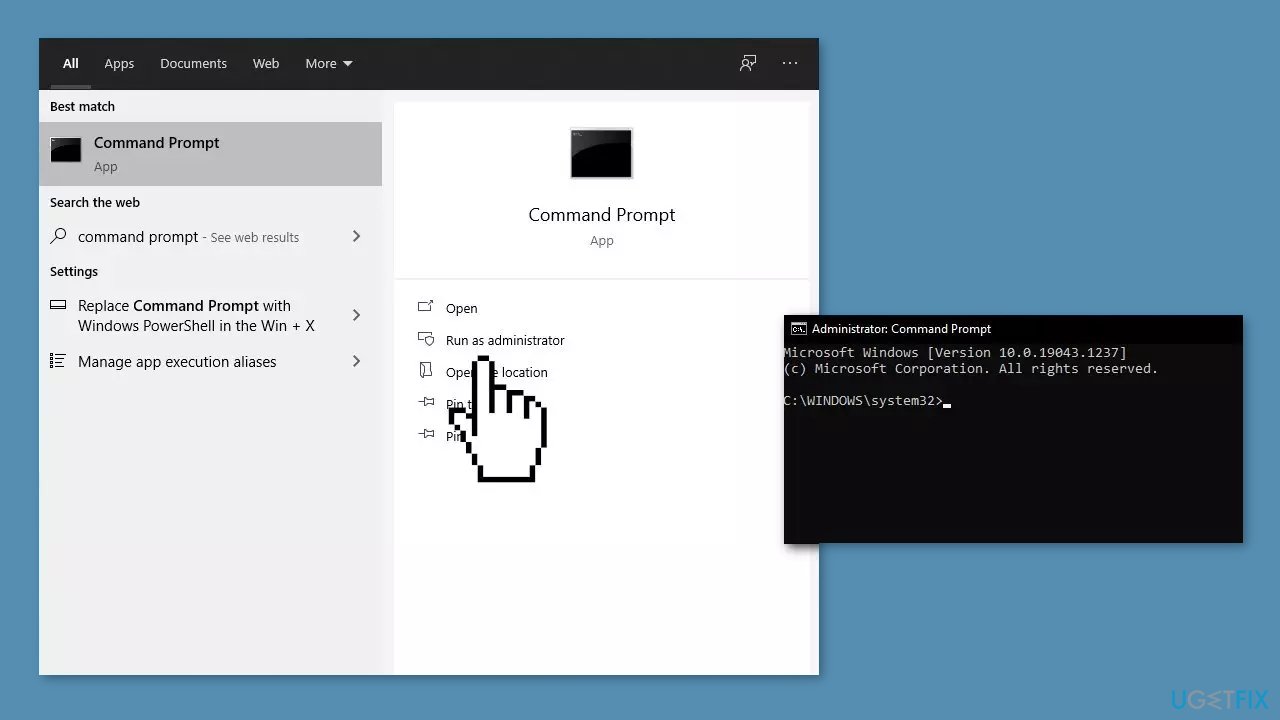
- Reboot your system
- If SFC returned an error, then use the following command lines, pressing Enter after each:
DISM /Online /Cleanup-Image /CheckHealth
DISM /Online /Cleanup-Image /ScanHealth
DISM /Online /Cleanup-Image /RestoreHealth
Method 3. Run Disk Cleanup
- Press the Windows key and type cleanmgr.
- Select Disk Cleanup from the search results.
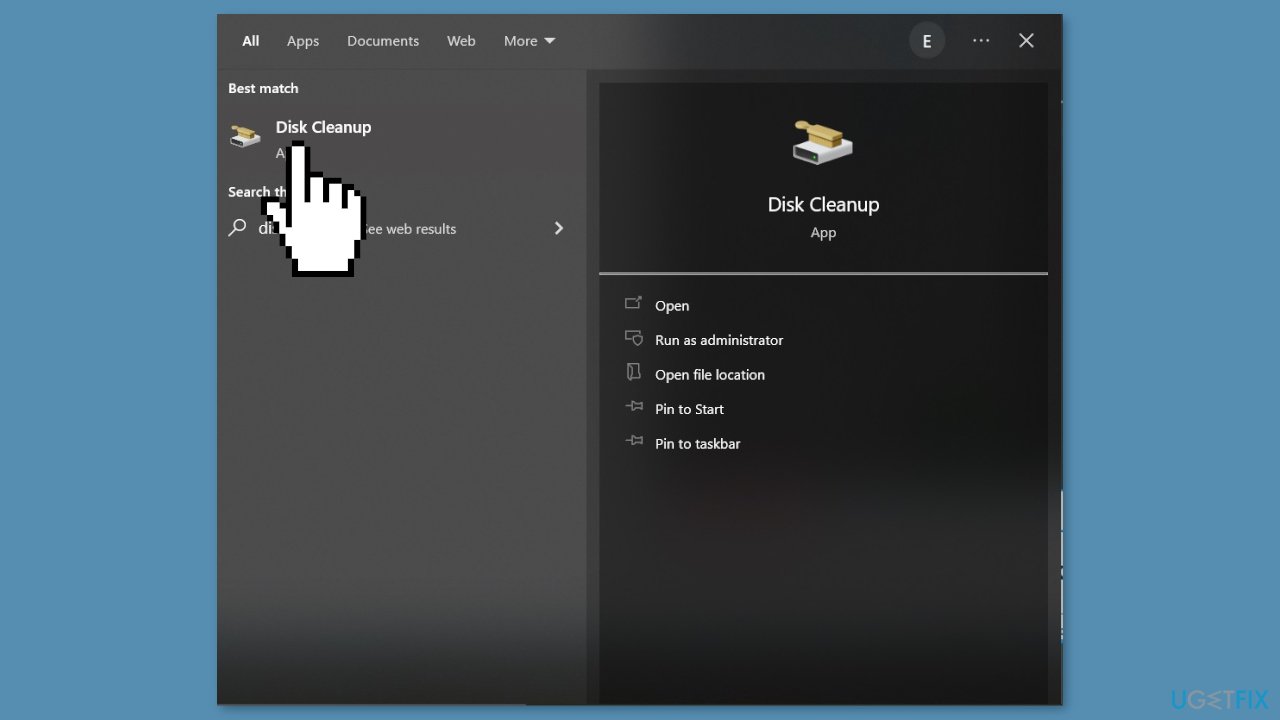
- Choose the drive you want to clean and click OK.
- Select the junk files you want to eliminate.
- Select Clean up system files.
- Choose the drive you want to clean again and click OK.
- Select any additional files you want to get rid of and press OK.
Method 4. Restart Windows Update Service
- Press the Windows key + R to open the Run window
- Type services.msc and press Enter
- Find the Windows Update service
- Right-click on it and select Properties
- Change the Startup type to Automatic
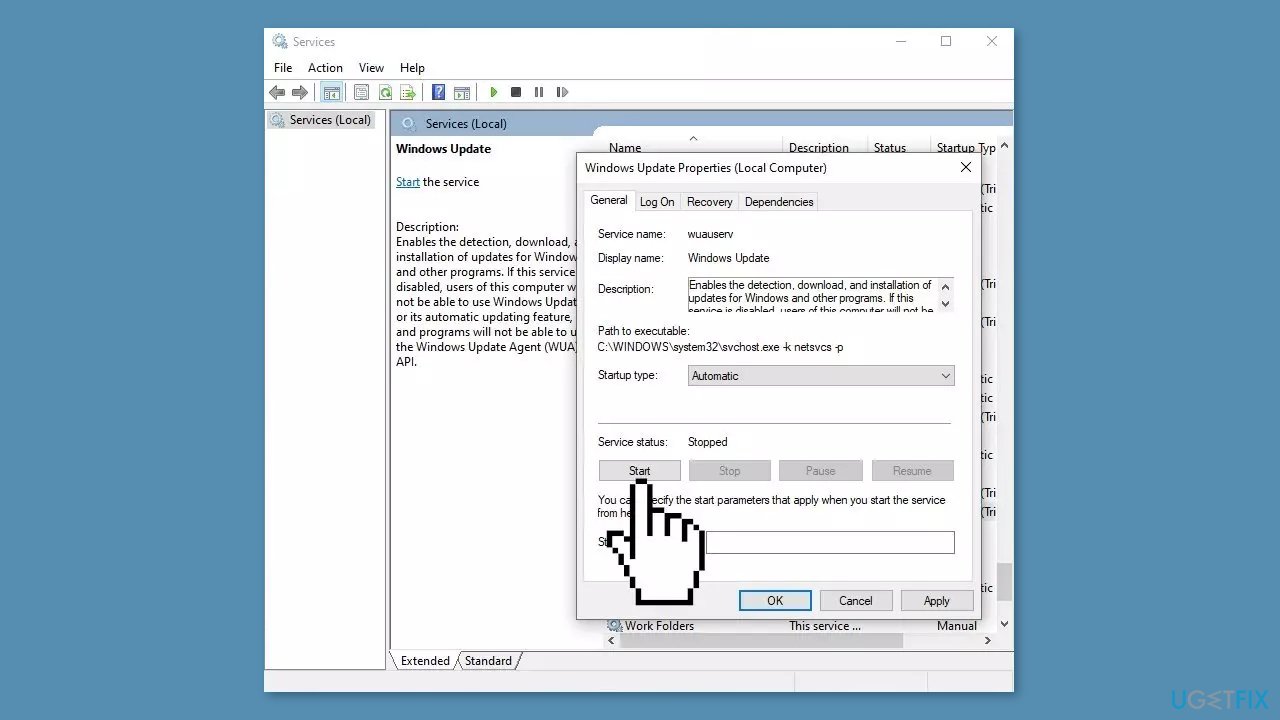
- Click on Apply button to save the changes
- Start the Windows Update service by clicking on the Start button
- If your service is already enabled then click on Restart
- Reboot your computer and check if the issue is fixed
Method 5. Reset Windows Update Components
- Press the Windows key + R to open the Run dialog box
- Type cmd and press Ctrl + Shift + Enter to open up an elevated Command Prompt
- Type the following commands in order and press Enter after each one:
net stop wuauserv
net stop cryptSvc
net stop bits
net stop msiserver
ren C:\Windows\SoftwareDistribution SoftwareDistribution.old
ren C:\Windows\System32\catroot2 Catroot2.old
net start wuauserv
net start cryptSvc
net start bits
net start msiserver
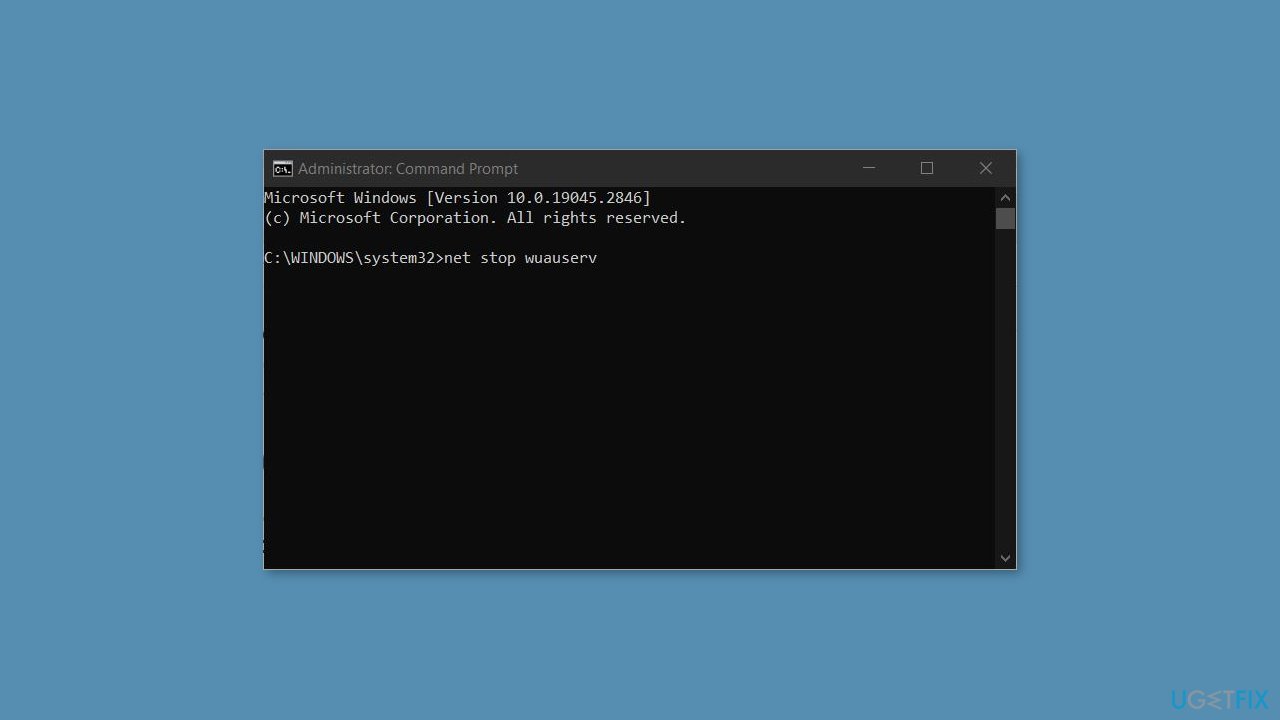
- Restart your computer
Method 6. Install the Update Manually
Whenever Windows updates fail to install automatically, you can always try doing it manually. First, you need to find out which KB number is relevant to you.
- Right-click Start button and pick Settings
- Go to Update & Security
- On the right, locate and click View update history
- From the list, note the KB number that fails to install with the error code
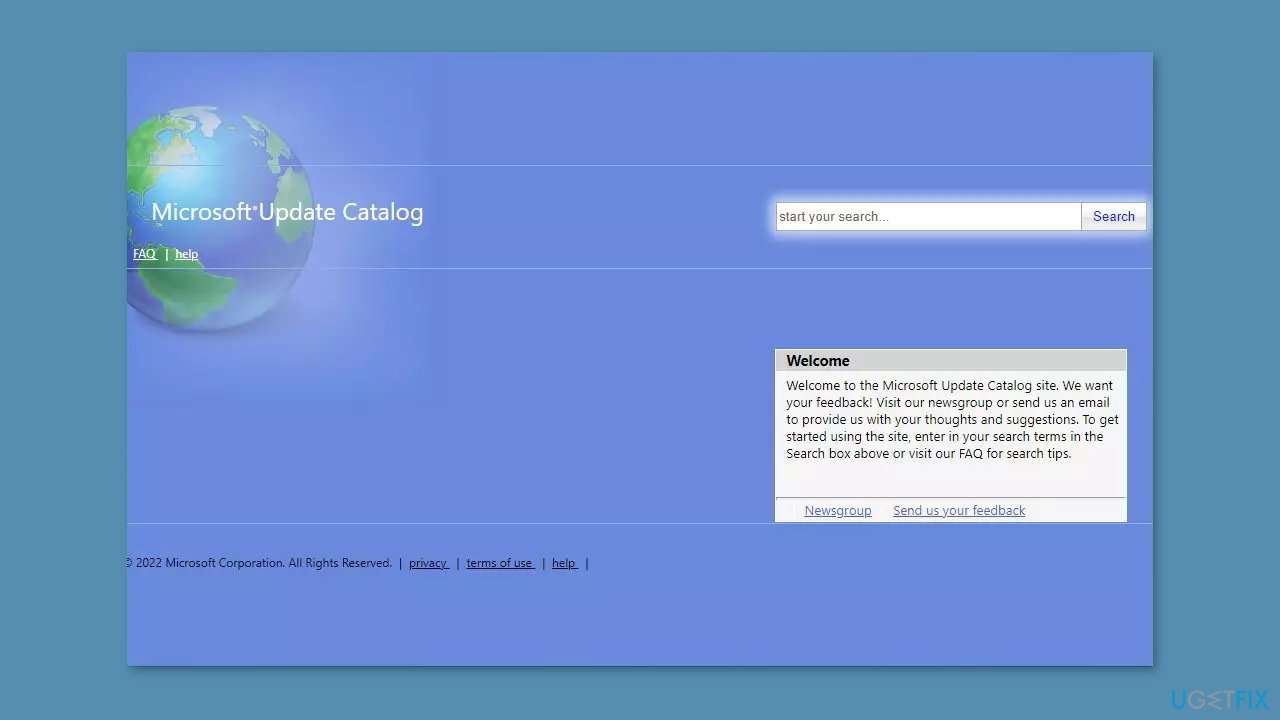
- Go to Microsoft Update Catalog page, type in the KB number and press Search
- Download the update and install it manually
Method 7. Update via Media Creation Tool
- Download Windows 10 or Windows 11 installation media from the official website
- Open the tool once it installed
- Agree to license terms
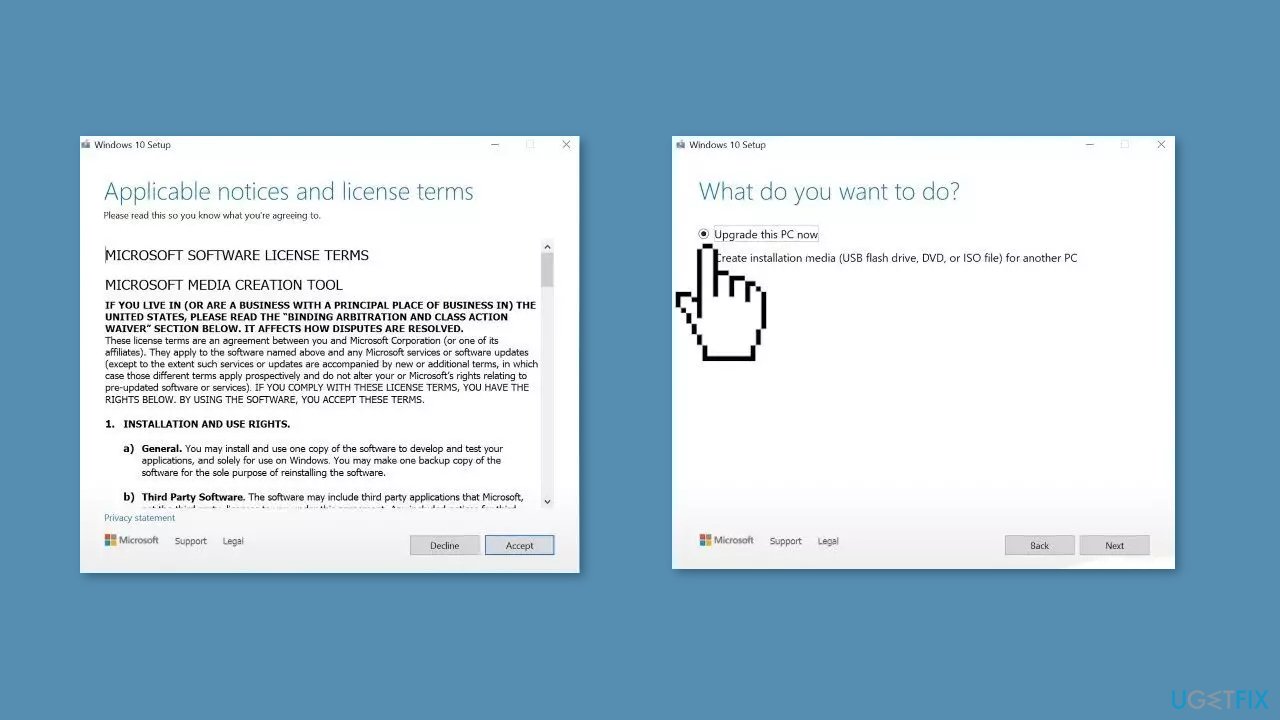
- Choose Upgrade this PC now
- Wait for the update to be installed
Repair your Errors automatically
ugetfix.com team is trying to do its best to help users find the best solutions for eliminating their errors. If you don't want to struggle with manual repair techniques, please use the automatic software. All recommended products have been tested and approved by our professionals. Tools that you can use to fix your error are listed bellow:
Access geo-restricted video content with a VPN
Private Internet Access is a VPN that can prevent your Internet Service Provider, the government, and third-parties from tracking your online and allow you to stay completely anonymous. The software provides dedicated servers for torrenting and streaming, ensuring optimal performance and not slowing you down. You can also bypass geo-restrictions and view such services as Netflix, BBC, Disney+, and other popular streaming services without limitations, regardless of where you are.
Don’t pay ransomware authors – use alternative data recovery options
Malware attacks, particularly ransomware, are by far the biggest danger to your pictures, videos, work, or school files. Since cybercriminals use a robust encryption algorithm to lock data, it can no longer be used until a ransom in bitcoin is paid. Instead of paying hackers, you should first try to use alternative recovery methods that could help you to retrieve at least some portion of the lost data. Otherwise, you could also lose your money, along with the files. One of the best tools that could restore at least some of the encrypted files – Data Recovery Pro.
- ^ Chris Hoffman. Everything You Need To Know About the Blue Screen of Death. Howtogeek. Technology Magazine.
- ^ Tim Fisher. What Is the Windows Registry?. Lifewire. Software and Apps.
- ^ Difference between Cache and Cookies. Geeksforgeeks. IT Education.



